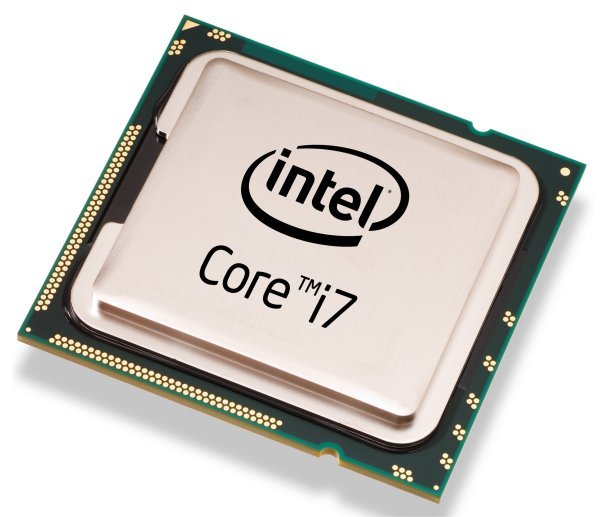The Nehalem is a very power-efficient processor. Compared to earlier models, the Core i7 CPUs offer a 10-20% decrease in power consumption, quite a substantial amount. No more than a year from now, Intel will also release the same architecture built on a 32nm, which should provide an even greater reduction in power consumption. Nehalem also has great potential for notebooks PCs.
Initially, it was rumored that Intel had restricted the Core i7 processors in such a way that they could not be overclocked effectively due to the temperature, current power draw, and TDP evaluation of TURBO mode. However, that did not turn out to be the case. This limitation can simply be disabled via a motherboard BIOS option. As for the actual overclocking, it’s a little different, but sometimes change can be a good thing. Fortunately, the Core i7 overclocks just as well as its predecessor by increasing the BCLK (bus clock) or multiplier.
Like the Phenom, Intel’s Core i7 is sectioned into “core” and “uncore” areas. The core area includes the four processor cores and their L1 and L2 caches. The uncore area contains the memory controller and shared L3 cache. The uncore runs at 2.66GHz for the Core i7-965 processor and 2.13GHz for the Core i7-940 and Core i7-920 processors.
As with the core clock, the uncore is set based on yield and performance targets. The uncore clock is governed by a basic multiplier of the BCLK (133MHz), which is 20x for the Core i7-965 and 16x for the Core i7-940 and Core i7-920. The uncore also uses a dedicated voltage (1.20V), which does not scale up/down.
Nehelam introduces many changes at once, including a static CMOS design, new power gate transistors, QPI, an integrated memory controller, Hyper Threading, and a couple other features and architectural tweaks. The only request we could ask would be 95W and 65W Nehalems to make this processor truly irresistible for everyone!


Amazing